- Abu Simbel -
ابو سمبل

In 280 kilometers south of Aswan, on the west bank of the Nile near the border with Sudan, there is a sandstone rock - Abu Simbel, rising above the waters of the Lake Nasser.
This rock is famous for its two Temples, carved in it during the reign of Pharaoh Ramesses II in the 13th century BC, as the monument to himself and to his queen Nefertari, to commemorate his victory at the Battle of Kadesh.
For a long time these Temples were completely buried under the sand, while in 1813 the Swiss traveler Jean-Louis Burckhardt accidentally discovered a part of the top structures, looking out from under the sand. A few years later, after a major excavations, the Temples of Abu Simbel were completely released from the sands of Sahara Desert.
When after the July Revolution of 1952 (which proclaimed the Republic of Egypt instead of pro-British monarchy) the works on construction of the second Aswan Dam on the Nile River has begun, the danger of flooding begin to threaten the coastal Temples. And then, already in 1959, a campaign on saving the historic heritage has started. With the international support the ruins of Temples were saved by moving them to a safe place. Construction of the dam began in 1960, and the process of relocating of the monuments of antiquity lasted from 1964 to 1968. The both Temples were cut into blocks (weighing up to 30 tons) and moved to a new location (65 meters higher and about 200 meters away from the river), where they were constructed again.
The process of relocating the Temples of Abu Simbel and Philae is one of the world's largest engineering and archaeological operations.
Below are the schemes, according to which the Temples were relocated.
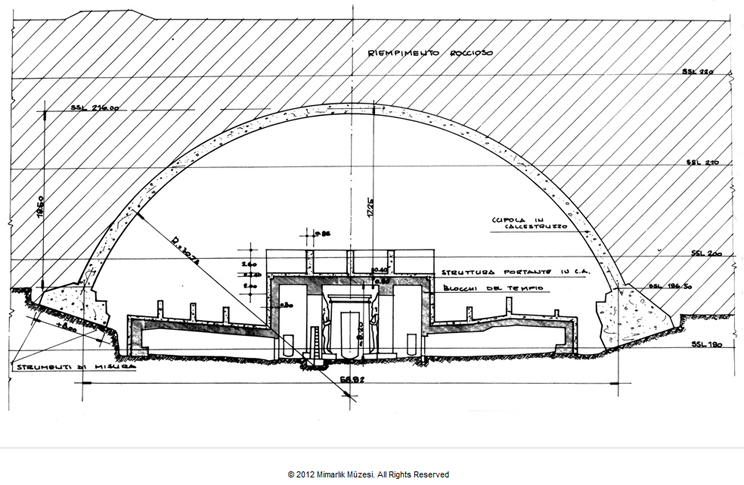 © Museum of Architecture of Stambul © Museum of Architecture of Stambul
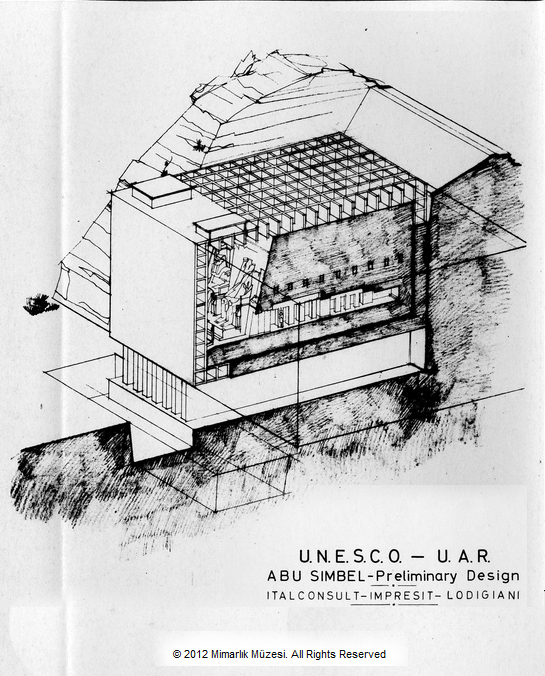
© Museum of Architecture of Stambul
The photo, taken in 1960, shows one of the stages of the Temples relocation process.
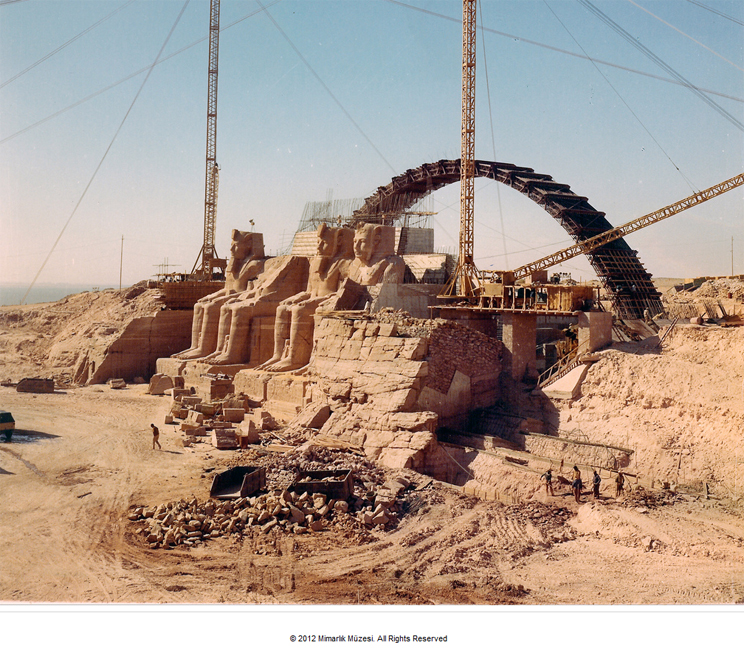 © Museum of Architecture of Stambul
© Museum of Architecture of Stambul
Below is the model, showing the original and the present location of the Temples of Abu Simbel.
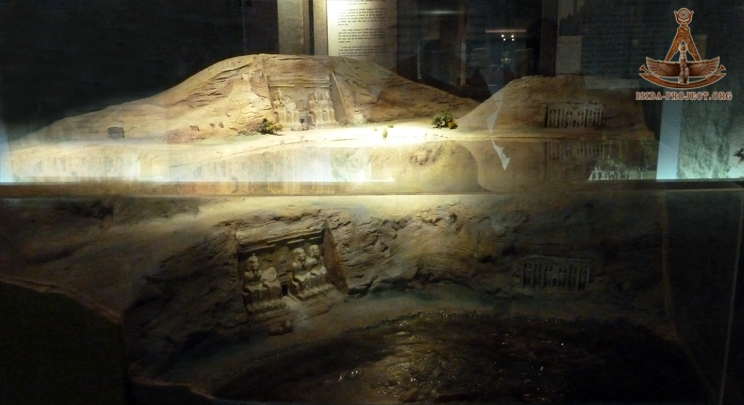
The present look of the Temples.
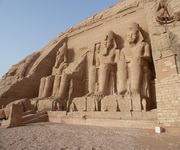 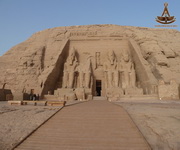 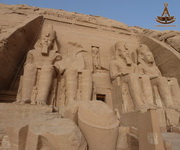 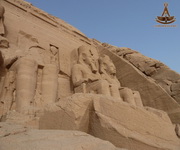
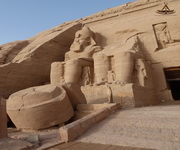 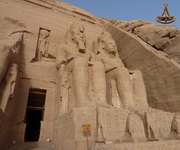 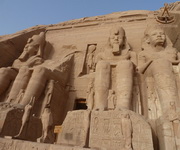 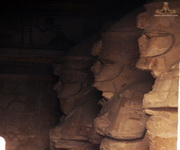
  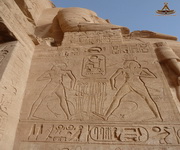 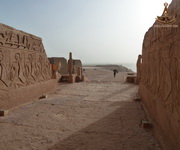
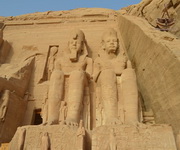 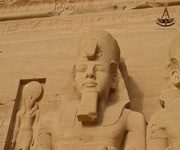 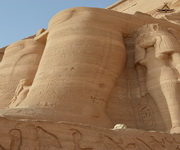 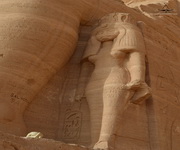
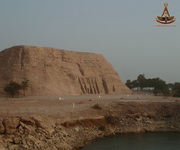 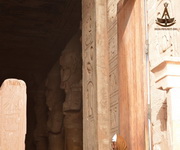 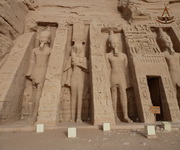 
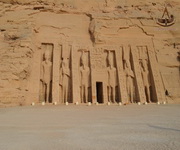   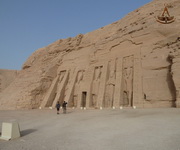
The facades of the Temple, facing the Lake of Naser.
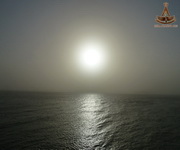 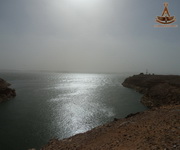  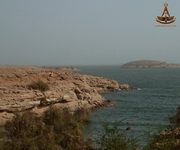
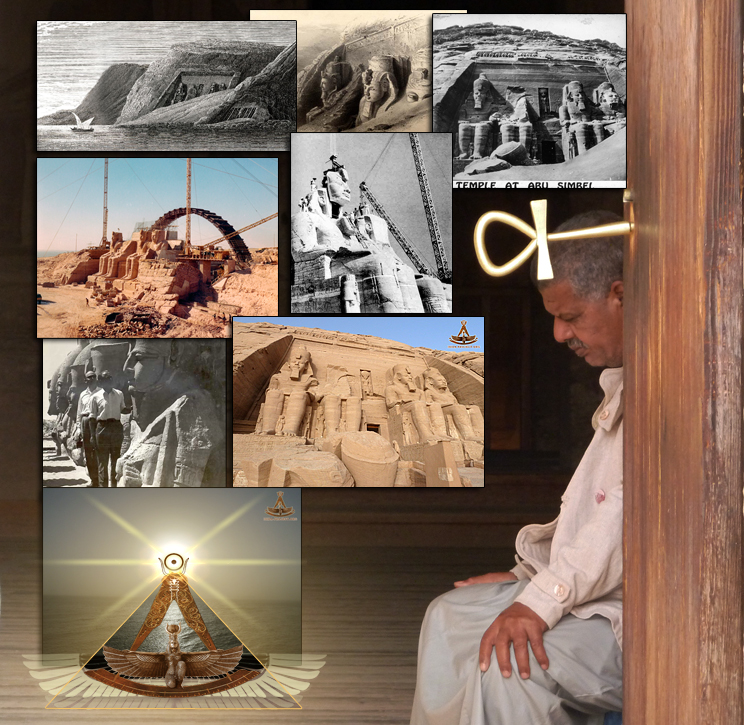

<< Back to the Map of Egypt
Discuss on Forum >>
© Copyright 2014 of ISIDA Project. All rights reserved. |





